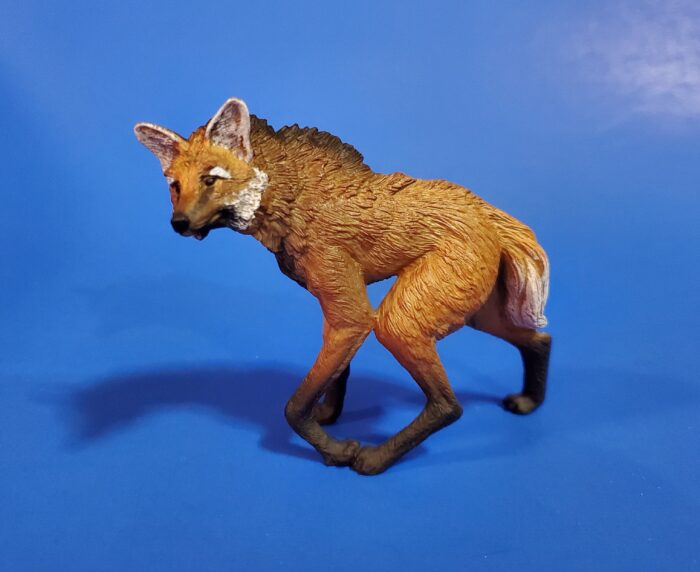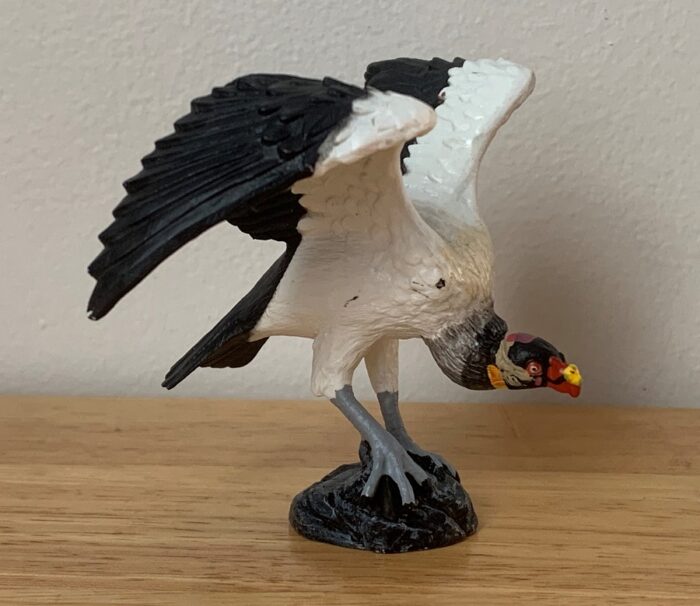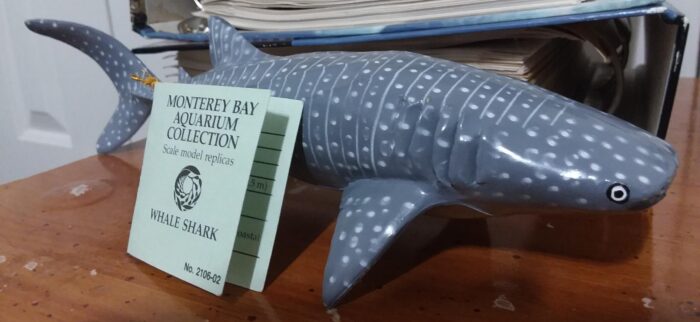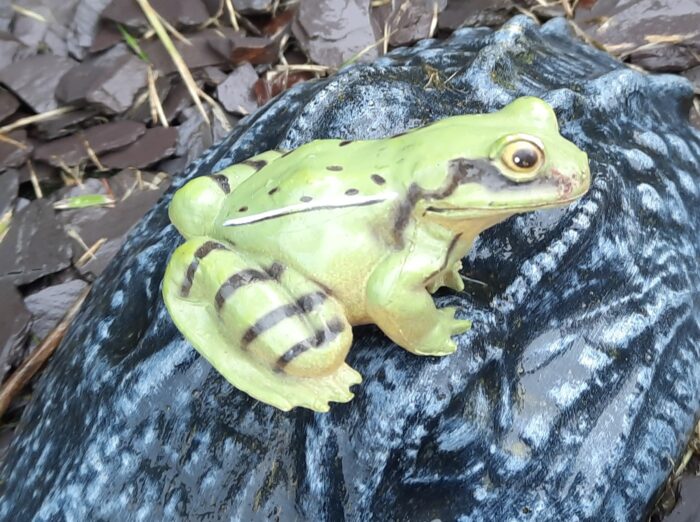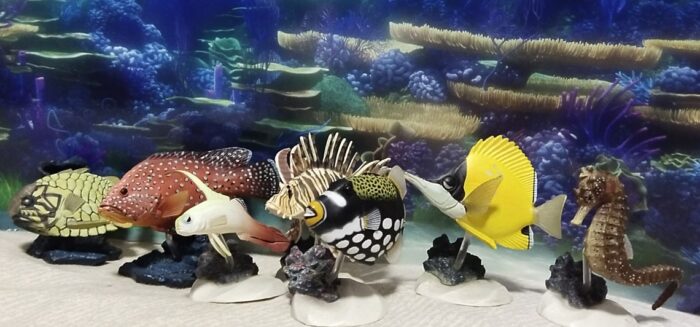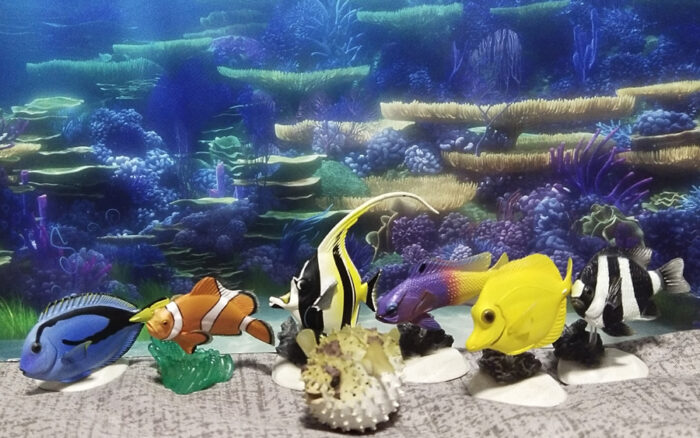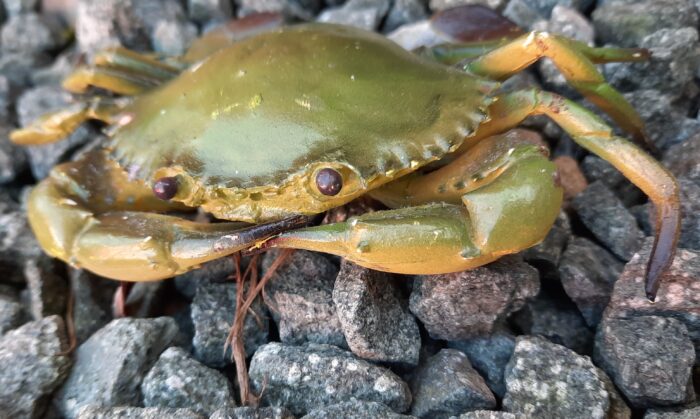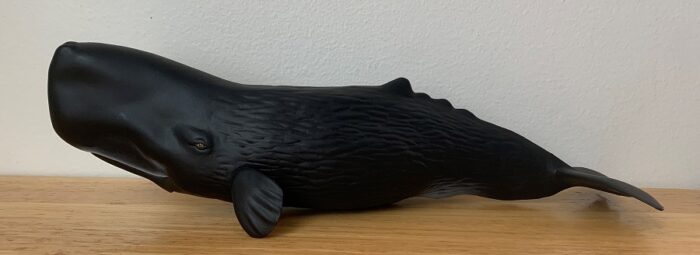Review and images by JimoAi; edited by bmathison1972
Continuing on the review of Yujin’s Saltwater Fish Part 1, here’s a look at the second half of the set.
Yellow Longnose Butterflyfish (Forcipiger flavissimus)
Size of figure: 4.8 cm
Size: 22 cm
Scale: 1:4
Color: yellow body with half black on top and white on the lower half of the head, transparent pectoral and caudal fin, pale blue on the end of dorsal and anal fin, and black eye spot on the either side of the anal fin
Diet: hard and soft coral polyps and small crustaceans
Species frequency in being made into toy form: rare
Base: sand with rock
Notes: a butterflyfish with a typical butterflyfish shape; not the most exciting butterflyfish for Yujin to go with but the reason why they went with this species might be because of the butterfly fish character in Finding Nemo is a yellow longnose butterflyfish.

